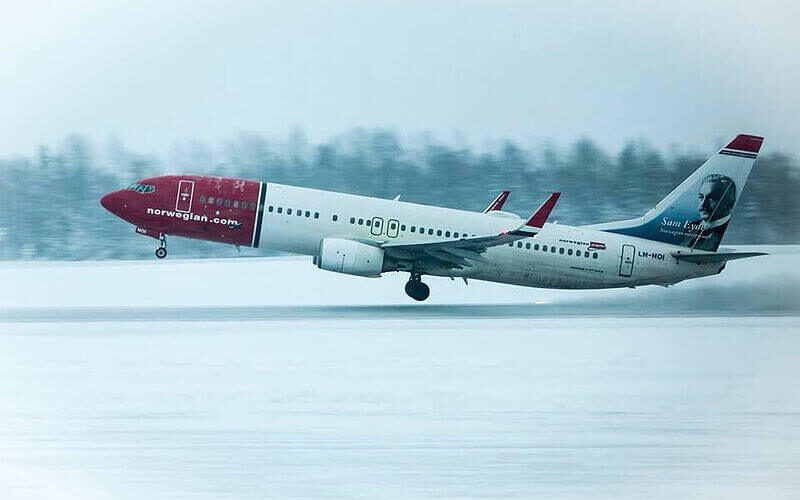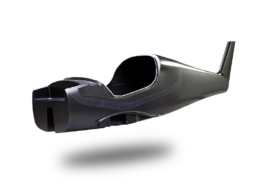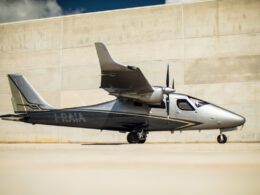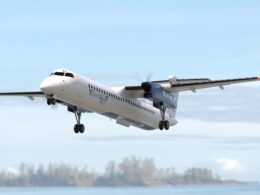British Airways’ parent company, IAG, announced on January 24, 2019, that it would renounce acquiring Norwegian low-cost carrier and thus would now sell its 4% stake. The company which is facing financial turmoil had rejected two offers from IAG last year, saying they “underestimated” its value.
“International Airlines Group (IAG) (IAG) confirms that it does not intend to make an offer for Norwegian Air Shuttle ASA (NWARF) (Norwegian),” writes the group in a brief statement.
Willie Nash, CEO of IAG had already warned a year ago that the group would not remain a shareholder, unless it would turn into a complete buyback of Norwegian.
With this setback, Norwegian will have to find another way to generate the cash it direly needs.
2017 was a terrible year for Norwegian – “a mess” according to its CEO – from which is still trying to recover. In addition to sector-wide problems that year, the LCC was affected by several planes being grounded due to engine issues and pilot shortages that forced to cancel flights. The airline recorded a loss of €31 million in 2017, after a net benefit of €128 million in 2016.
Norwegian struggles can be traced back to its aggressive and (too) ambitious fleet and network expansion focused on long-haul flights. In 2012, Norwegian ordered 100 Boeing 737 MAXs and 100 Airbus A320neos. Eventually, the aircraft acquisition was forecasted to weigh down $1.75 billion in the company’s budget for 2018 and $2.2 billion for 2019. At the time, some suspected that this expansion plan led to the departure of the company’s CFO, Frode Foss, after 15 years of career within Norwegian.
2019 − decisive year for Norwegian
With its €2 billion debt to begin the year, the future of Norwegian, the third biggest European low-cost carrier behind Ryanair and easyJet, is now in jeopardy. The company announced in December 2018 an emergency plan, #Focus2019, that could allow it to save €200 million throughout the year. But will it be enough to keep it airborne?
As part of the plan, Norwegian revealed on January 17, 2019, that it would close bases at Palma de Mallorca, Tenerife South and Rome airports in Europe, as well as Newburgh and Providence in the United States. This means that several long-haul routes will be closed in the process. Those were operated by single-aisles which are now to be employed solely on intra-European routes.
Some steps, however, have already been taken earlier. In 2018, after deciding to let go of some of its Boeing 737-800s, Norwegian opened negotiations for selling 90 Airbus A320neo aircraft, out of the 210 planes that were still on order from both Boeing and Airbus. Eventually, the LCC wants to sell between 130 and 140 of its current aircraft to help reduce the debt.
So far, six Boeing 737-800s were sold in August 2018, and five Airbus A320neos in November 2018. “The process of divesting aircraft continues, and we experience significant interest in our existing fleet as well as future deliveries,” Norwegian press release on December 24, 2018 reads. The company is also discussing a “fleet joint venture” with an unnamed partner.
In late December 2018, Norwegian also managed to reach an agreement with Rolls Royce. The engine manufacturer should compensate the LCC with €100 million for the technical challenges with Norwegian’s Dreamliners. According to the airline, this agreement “will have a positive effect from the first quarter of 2019”.









